The author of a study that looked at the P3 model of building highways in Nova Scotia has a few words of advice for other provinces that might be mulling over the possibility of using the same playbook.
“I would say don’t,” says Christopher Majka, the reports author. “The general P3 approach trades short-term gain for long-term pain so you pay more.
“The attraction in the past for P3s is that by awarding it to a private consortium it keeps the work off the books so governments can say, ‘Hey look at this, we’re balancing the books.’ But what happens is that the can gets kicked down the road to the next government and they say, ‘Hey, that’s their problem.’ ”
Majka, an environmental scientist, recently released a study called Highway Robbery: Public Private Partnerships and Nova Scotia Highways, done for the Canadian Centre for Policy Alternatives-Nova Scotia.
The study examined the Highway 104 Western Alignment, known as the Cobequid Pass Toll Highway which was built in 1996-97, and revealed it cost $232 million more to build, finance, operate and maintain as a P3 project than it would have as a government-financed, delivered and maintained project.
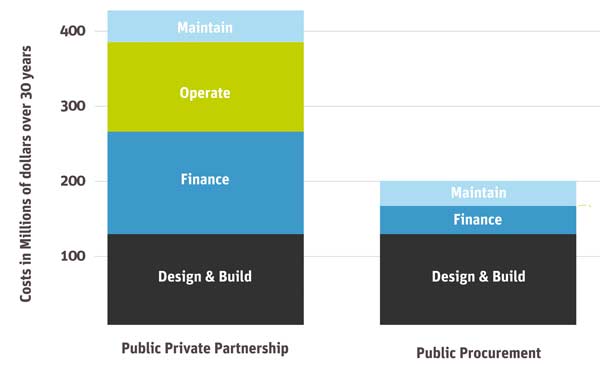
The report concludes that Nova Scotia should cease using P3 models to build highways and instead should return to employing traditional public procurement methods, given that contracting out such services through a P3 is more expensive than public procurement, has the potential to compromise highway safety, needlessly duplicates government services, and lacks mechanisms for public accountability.
One big reason for the added cost of the 45-kilometre stretch of highway was financing of the project, the report states, because private bonds that were used had interest rates of more than 10 per cent while government bond rates were 5.7 per cent, adding an extra $102 million to the project over 30 years.
“Governments can borrow money at far lower rates than the private sector can,” explains Majka. “That’s a big spread and when you finance this over 30 years time anybody who’s ever had a mortgage knows that you end up paying a lot more money on the interest than you do just repaying the principle.”
Another big ticket item was $121 million for the infrastructure of a toll plaza, the operational costs, and paying a 10-per-cent management fee to the operator, he says, because if the project had been funded by regular government taxation and not by tolls there would have been no need to build the infrastructure.
“That’s a paid additional expense as compared to making the money through regular tax revenues which cost the government nothing at all because all the infrastructure for collecting that is already in place.”
Adding to the burden, the quality of maintenance on the highway was deemed so poor that the responsibility was eventually assumed by the province.
In spite of the evidence, Majka fears that the lessons of the failure have not been learned, as the province is planning a 38-kilometre Highway 104 project between Sutherland’s River and Antigonish as a P3.
The project involves twinning 28 kilometres of road and adding 10 kilometres of new road between Barney’s River and James River.
The province is waiting for bids from three companies.
A winner is expected to be chosen in early 2020 and the project is expected to take about five years to complete.
According to an analysis of that project done by Majka, the venture could result in nearly $120 million more in extra costs as a P3.
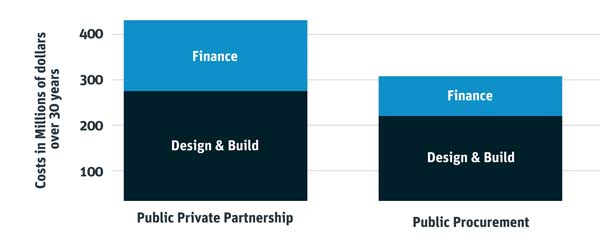
“We now have a considerable track record in terms of cost, so we thought it would be good to compare the cost of developing that as a P3 compared to doing it through regular government procurement and what that can tell us in regards to what we should be paying attention to,” Majka says.
He figures it will cost $66.6 million more in interest payments than it would cost to finance the project through the government bond process. Construction costs of the project as a P3 would also be $52.6 million more than what government currently pays for constructing identical lengths of twinned highway through normal procurement.
The province’s Department of Transportation and Infrastructure Renewal estimated in 2016 that the stretch of highway would cost $285 million, but that figure has not been finalized. The province has refused a request from the Canadian Union of Public Employees (CUPE) in Nova Scotia to view the project RFPs. In the absence of the information, Majka believes the P3 model should not be used for the project.
Steve Joy, president of the Highway Workers Union, CUPE Local 1867, said in a statement that the original report done by Majka shows that Nova Scotia’s track record with P3s is a “road to ruin” and that the province can’t afford to repeat past mistakes with the Sutherland’s River to Antigonish project.
The union is worried that poorer snow clearance may come with contracting out maintenance to a for-profit company.
“Highway workers are very concerned that Nova Scotia may be repeating the negative experience with contracted out winter highway maintenance documented in other provinces,” Joy said in his statement. “This raises serious questions about potentially worse highway safety that the government must address.”


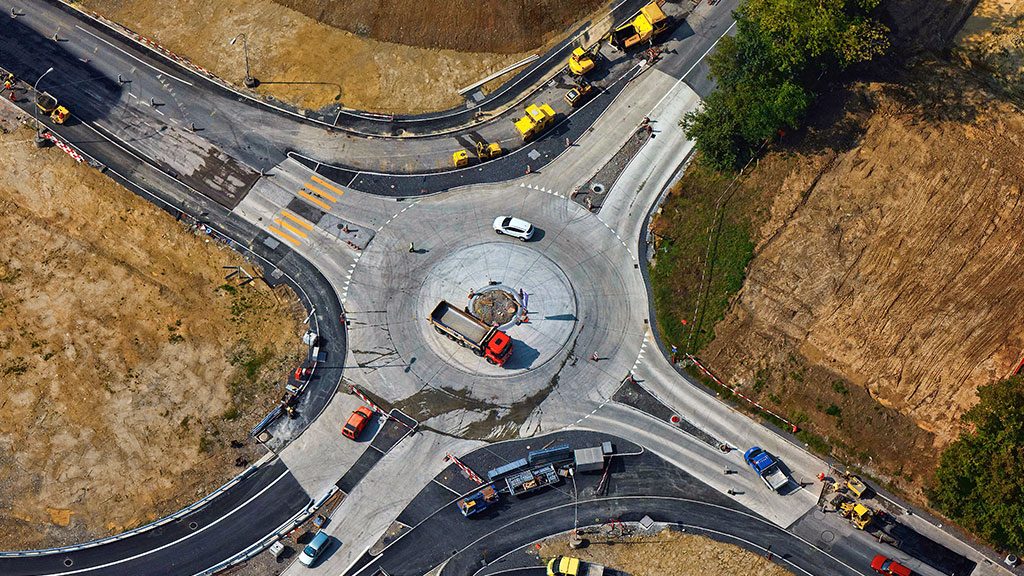




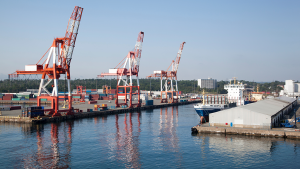
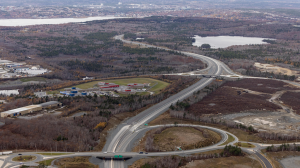

We here in new Brunswick tried for years to fight P3s, the government and no one in particular says they don’t want to deal with the people and the unions. It’s easier to hand over a chunk of money and say you deal with it.
P3s are all about profits not saving money for taxpayers.